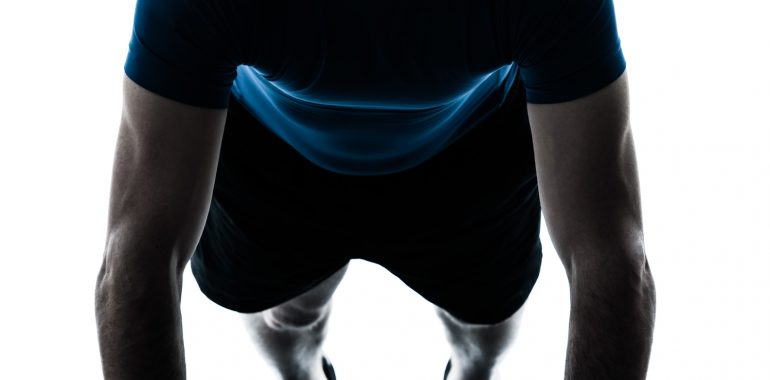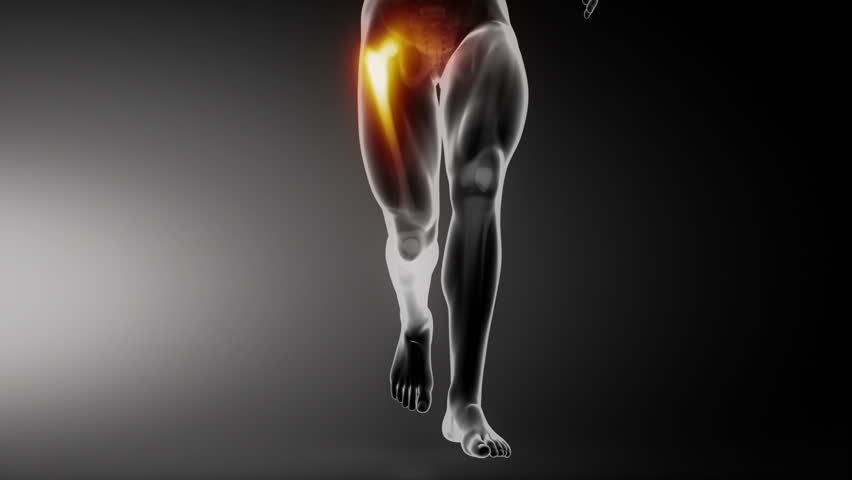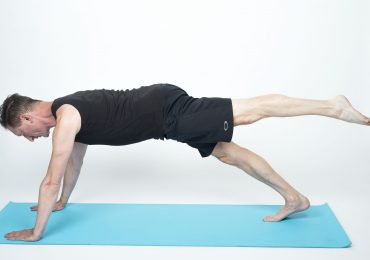What is Physio Pilates? The Fusion of Physiotherapy and Pilates.
Toronto Physiotherapist Damian Wyard explains the Physio Pilates approach to rehabilitation. Physiotherapy and Pilates are described to show how they became complementary in rehabilitation. Lower back pain and current pain science are used as examples of how the two can work together. Damian Wyard was recently featured by Stott Pilates as a rehabilitation instructor. It highlights how he combined his physiotherapy training with Pilates. Read here: Stott Pilates Instructor Profile.
What is Pilates?
Pilates foundations are in rehabilitation exercise. It was developed in New York in the 1930’s by Joseph Pilates for injured dancers. The exercise technique is based on gymnastics, resistance training and rehabilitation. The equipment was designed to help restore movement while supporting the weight of the body. The method is based on strength through movement. Resistance is applied while the joints are taken through their normal range. Pilates works on the injured area, but also weakness above and below. The uniqueness of Pilates is the equipment and the attention to body mechanics. The specialized equipment allows the body to strengthen without pain or aggravating the injury. Pilates strengthens the stabilizing muscles of the joints as the foundation. When the foundation is strong then the legs and arms can be challenged more.
What is Physiotherapy?
Physiotherapy is about restoring movement and function. Usually clients come with a specific area of injury such as a painful knee or elbow. Physiotherapy treats the injury and also the root cause. In the case of lower back pain there can be issues above and below the site of pain. The key with physiotherapy is being able to find the root cause of the condition. Even a recurring sprained ankle could be the result of weakness in the leg from previous injuries. Physiotherapy treats the pain mechanism and initial injury by restoring movement and then strength. Rehabilitation is progressed by increasing the intensity with sport specific and functional movements.
How Physiotherapy and Pilates fit together.
We can see that the goals of both Physiotherapy and Pilates are very similar. Physiotherapy brings the clinical skills of assessment, treatment and diagnosis. Pilates provides a total body approach, the vast repertoire of exercises and the equipment. Physiotherapy provides the current research into treating different injuries, so that we can apply this to Pilates. Pilates proves to be a very adaptable exercise technique and is being continually modified based on current research trends. Physio Pilates is versatile enough to be effective at all levels of injury healing. Your goals might be to improve sitting tolerance or more sport specific. A great example is the sprained ankle. The advanced goal is to be able to jump. The Pilates reformer even has a mini trampoline so that we gradually expose the injury to this activity.
Physio Pilates and Back Pain Management.
The most exciting area of research in Physiotherapy is the treatment of pain. Research shows that many patients who have had pain more than three months have increased sensitivity. That doesn’t mean it’s here to stay. It means your pain has been amplified more than normal. In other words the original pain mechanism for the injury has become sensitive. Lower back pain can be a classic example of this. The original injury has healed, but the nervous system is still saying something is wrong. The patient will still feel pain, even though the original damage has healed. By slowly applying resistance to the lower back, you strengthen it. Most importantly, you tell the brain that it is safe to move without pain. In pain science this is called ‘graded exposure’ where we desensitize the pain response. Sounds complicated but the solution is quite straight forward. It Just takes time and patience.
How Does Physio Pilates Work?
Pilates is ideal to treat pain using a program of progressive resistance. The equipment allows us to provide the right amount of resistance without pain. It gives numerous modifications for back strengthening, so that we can progress you gradually. Physio Pilates allows us to find out what movement problems you have and also the pain mechanisms at play. Interestingly, the movements you are avoiding might be the key to your rehabilitation. By dividing the movements into parts we use the graded exposure principle to get you doing those movements again. Most of the research shows that strengthening is effective in the treatment of back pain. Even a sensitive painful back can be treated in this way. Physio Pilates is one of the most comprehensive and effective methods in rehabilitation. It combines progressive resistance and movement with current concepts in pain science.
Damian Wyard is a Physiotherapist and Pilates instructor. He is the owner and founder of Pilates4Physio in Downtown Toronto. He updates his approach by applying the latest research on back pain and sports injuries. He combines manual therapy, exercise and pain science to treatments. He can be contacted at info@pilates4physio.ca



